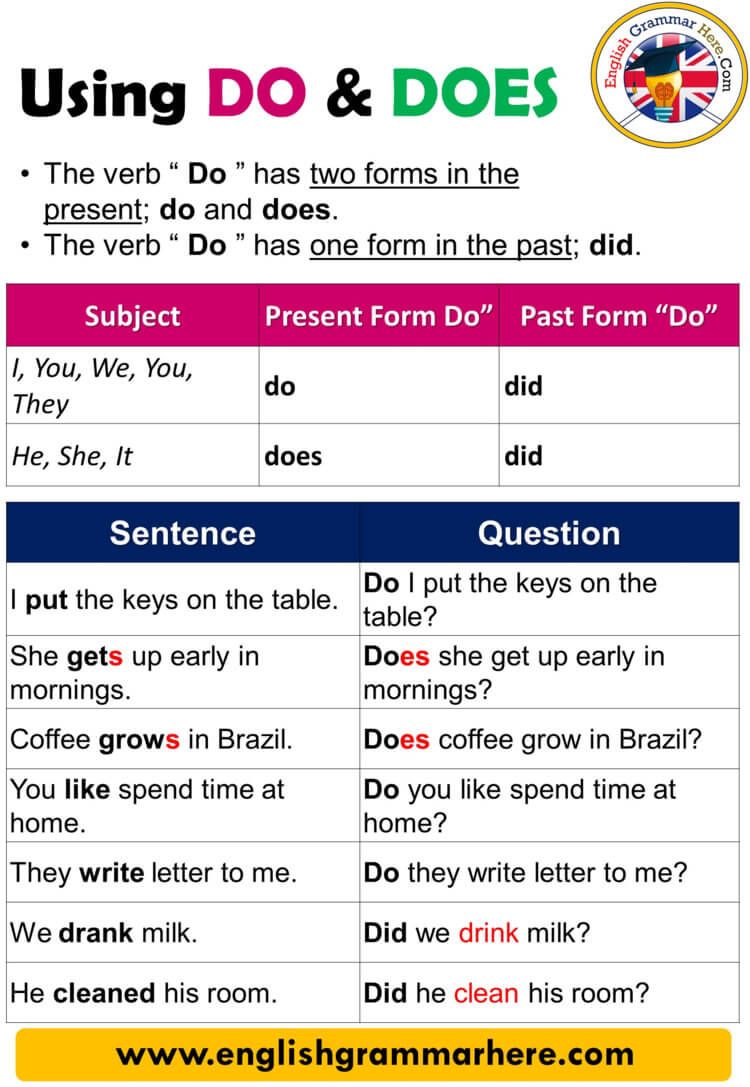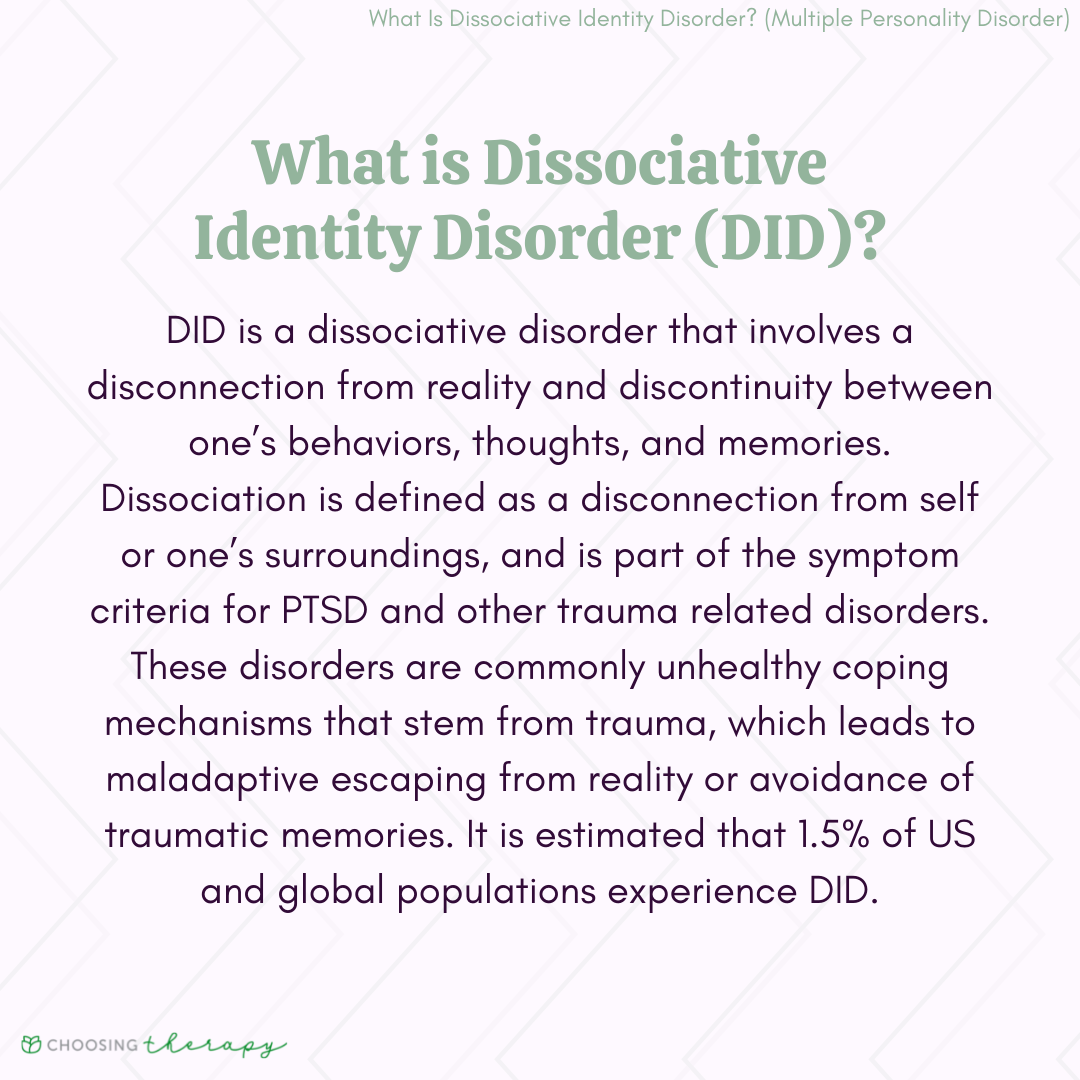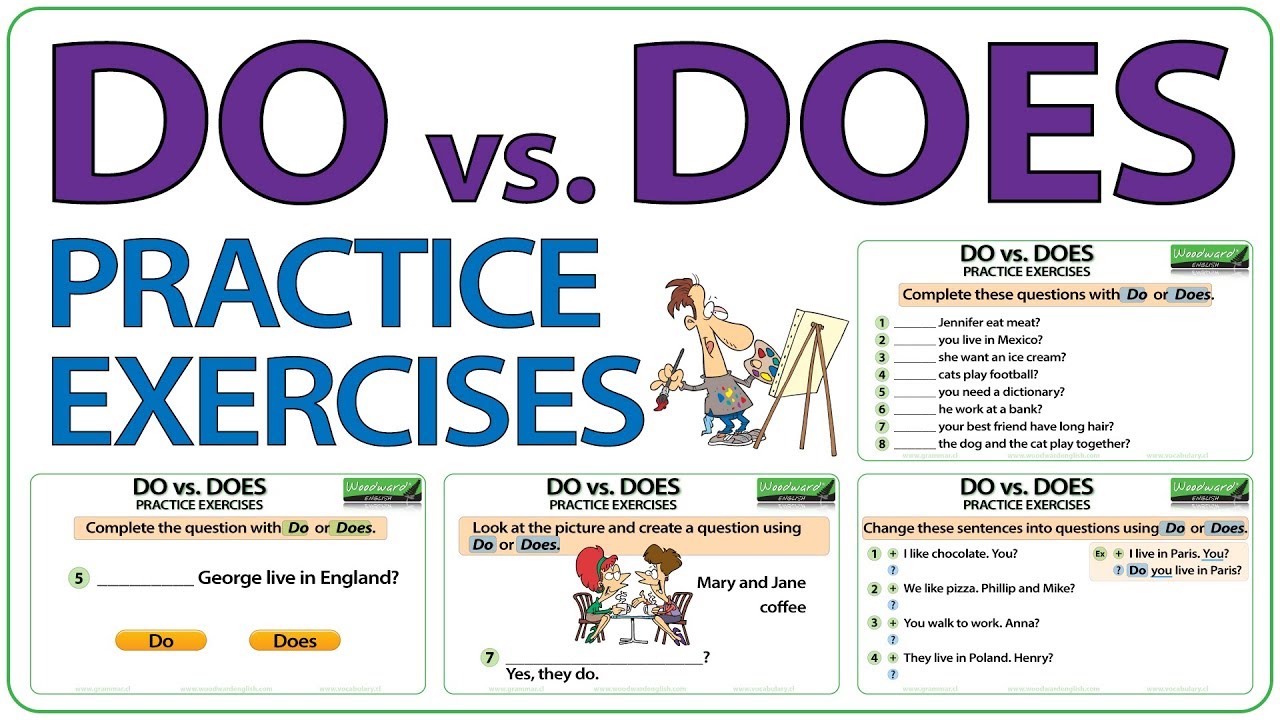Making Choices That Move You Toward Wellness: Navigating the Health Continuum for Lasting Wellbeing
Understanding the Health Continuum: From Illness to Wellness
The health continuum, often called the
illness-wellness continuum
, is a powerful model that illustrates how each individual’s health is dynamic, existing on a spectrum from severe illness to optimal wellness. Originally developed by Dr. John W. Travis in 1972, this framework highlights that health is more than the absence of disease-it is an
active process
of pursuing a higher quality of life through conscious choices and behaviors
[1]
.
At one end of the continuum lies premature death , and at the other, high-level wellness . The journey between these points is shaped by our daily decisions, routines, and environments. The key insight from this model is that you are rarely static; your actions and mindset continually move you toward or away from optimal health [2] .
What Does It Mean to Move Toward Wellness?
Moving toward the wellness end of the health continuum means making intentional, positive choices that build physical, mental, emotional, and social health. The Global Wellness Institute defines wellness as “the active pursuit of activities, choices, and lifestyles that lead to a state of holistic health” [3] . These choices are not one-time actions but ongoing commitments to self-care and growth.
The World Health Organization reinforces this view, describing health as “a state of complete physical, mental and social well-being and not merely the absence of disease or infirmity” [4] .
Key Choices That Move You Toward Wellness
To move toward the wellness end of the continuum, focus on the following areas. Each can be approached with practical steps, alternatives, and strategies for overcoming common challenges.
1. Making Informed Lifestyle Choices
Healthy lifestyle habits are fundamental. This includes eating a balanced diet, engaging in regular physical activity, managing stress, and getting adequate sleep. For example, opting for home-cooked meals with whole foods and limiting processed foods can reduce health risks and boost energy. If time constraints make exercise challenging, consider short walks during breaks or active commuting.
Practical Steps:
- Plan meals ahead to ensure nutritious options are available.
- Set reminders for movement breaks if you have a sedentary job.
- Establish a regular sleep schedule and limit screen time before bed.
Alternatives: If gym memberships or classes are inaccessible, use online workout videos, community recreation centers, or daily walking routines.
Potential Challenges: Lack of time, motivation, or resources. Solution: Start small, set achievable goals, and track progress. Seek support from friends or family.
2. Proactively Managing Medical and Mental Health
Addressing health concerns early and keeping up with preventive care are core wellness behaviors. This includes regular check-ups, vaccinations, screenings, and mental health support. For mental health, establishing a routine that supports emotional resilience is crucial. Techniques like mindfulness, meditation, or yoga can help manage stress and anxiety [4] .
Practical Steps:
- Schedule annual physical and dental exams; use reminders to keep appointments.
- Contact your primary care provider or a mental health professional if you experience persistent symptoms.
- Inquire about wellness programs at your workplace or community centers.

Source: realcoolenglish.com
If you need assistance finding healthcare providers or mental health support, you can call your insurance company for a list of covered professionals or use national directories, such as those provided by major health organizations or the Substance Abuse and Mental Health Services Administration (SAMHSA).
3. Building Supportive Social Connections
Wellness is not just an individual journey. Social and emotional support networks-family, friends, community groups-play a significant role in moving toward optimal health. Positive relationships can buffer stress, increase motivation, and provide practical help.
Practical Steps:
- Join local groups based on interests or volunteering to expand your network.
- Reach out to friends or family regularly, even if only by phone or video chat.
- Consider peer support groups for specific health goals or challenges.
If unsure how to connect, many community centers, libraries, and city government websites list local events and support resources. For those with limited mobility or living in remote areas, online support groups and forums can offer valuable connections.

Source: action-strategies.com
4. Cultivating Mental and Emotional Wellness
Emotional health is a pivotal aspect of the continuum. Practices such as journaling, mindfulness, gratitude exercises, or seeking counseling can help you process emotions and build resilience. For example, dedicating 10 minutes daily to mindfulness meditation has been shown to lower stress and improve wellbeing [3] .
Practical Steps:
- Try guided meditation apps or free online resources to get started.
- Set aside time each week for activities you enjoy and that recharge you emotionally.
- Seek professional help if emotions feel overwhelming or interfere with daily life.
If you need help, search for licensed therapists using reputable directories or consult your primary care provider for recommendations.
5. Pursuing Lifelong Learning and Growth
Wellness is a journey, not a destination. Pursuing personal growth through education, hobbies, or new skills can boost self-esteem and keep you engaged in life. This may include formal education, creative pursuits, or learning about health and wellness topics.
Practical Steps:
- Take free or low-cost online courses in areas that interest you.
- Read books, listen to podcasts, or attend seminars on wellness.
- Experiment with new hobbies to discover passions and strengths.
Most public libraries and community colleges offer resources and events open to all.
Overcoming Obstacles: Strategies for Sustainable Wellness
It is common to encounter setbacks on the path to wellness-whether due to time constraints, financial limitations, or lack of motivation. The key is to view wellness as a cumulative process, where small, consistent improvements make a significant difference over time [2] .
Step-by-Step Guidance:
- Start with a self-assessment: Reflect on your current habits and identify one area for improvement.
- Set a realistic, specific goal-for example, walking 15 minutes daily or preparing a healthy lunch three times a week.
- Track your progress and celebrate small wins to stay motivated.
- Seek support from friends, family, or professionals when needed.
- Adjust goals and strategies as you learn what works best for you.
If you are unsure where to begin, you can consult your primary care provider or a certified health coach for personalized advice. If you lack access to these professionals, many public health departments provide free wellness resources and referrals.
Alternative Pathways to Wellness
Everyone’s journey is unique. If traditional approaches do not work for you, consider alternative wellness practices such as yoga, tai chi, art therapy, or nature-based activities. These can be accessed through community education programs, local wellness centers, or reputable online platforms.
When pursuing alternative or complementary therapies, ensure practitioners are properly credentialed and that practices are evidence-based. If in doubt, research providers through professional associations or ask your primary care provider for recommendations.
Key Takeaways and Next Steps
Moving toward the wellness end of the health continuum requires ongoing, conscious choices. By focusing on healthy lifestyle habits, preventive care, supportive relationships, emotional resilience, and lifelong learning, you can make steady progress toward a more vibrant, fulfilling life. Remember, wellness is a process-each positive decision, no matter how small, moves you closer to your goals.
If you are ready to take the next step, begin by assessing one area of your life and setting a small, achievable goal. Reach out to your healthcare provider, local community resources, or trusted organizations for guidance and support. Wellness is a lifelong journey, and every choice you make matters.
References
- [1] Ungvarsky, J. (2023). Illness-Wellness Continuum. EBSCO Research Starters.
- [2] Study.com (2023). Health Continuum: Definition, Examples & Components.
- [3] Global Wellness Institute (2025). What is Wellness?
- [4] National Institutes of Health (2020). Yoga and Spirituality in Mental Health: Illness to Wellness.
MORE FROM oncecoupon.com













